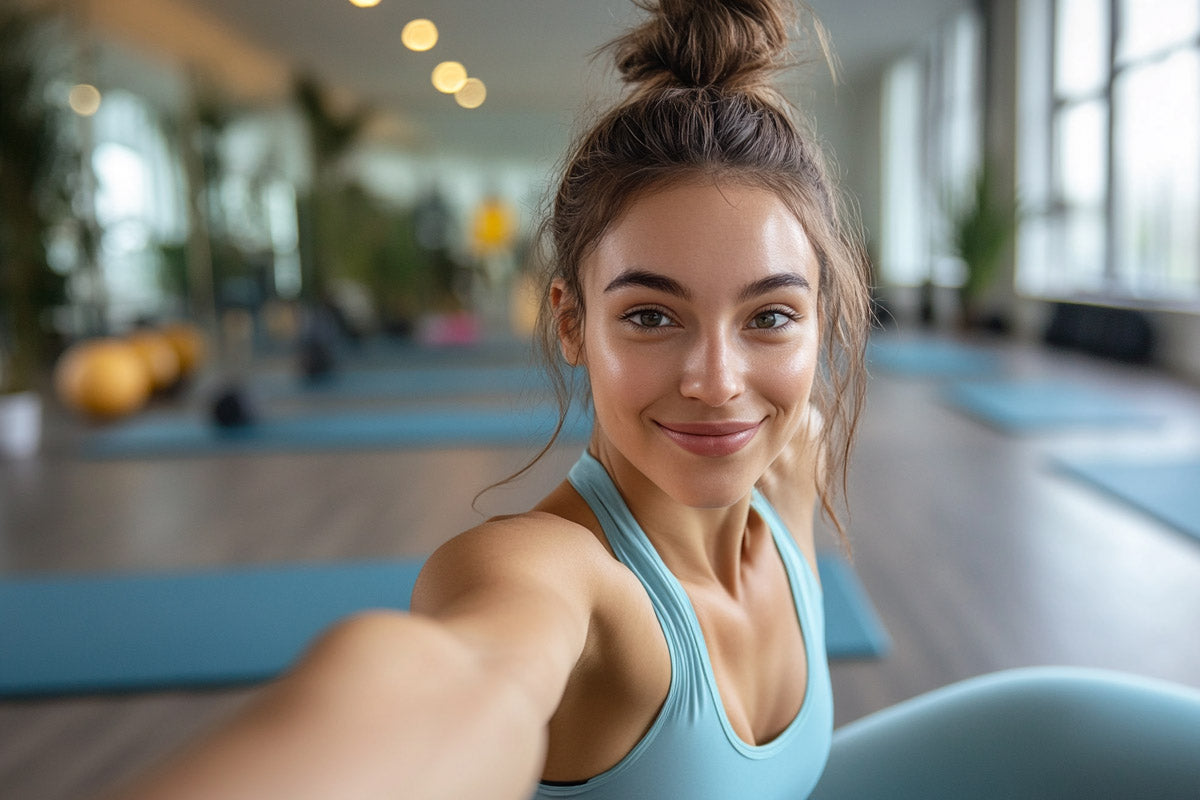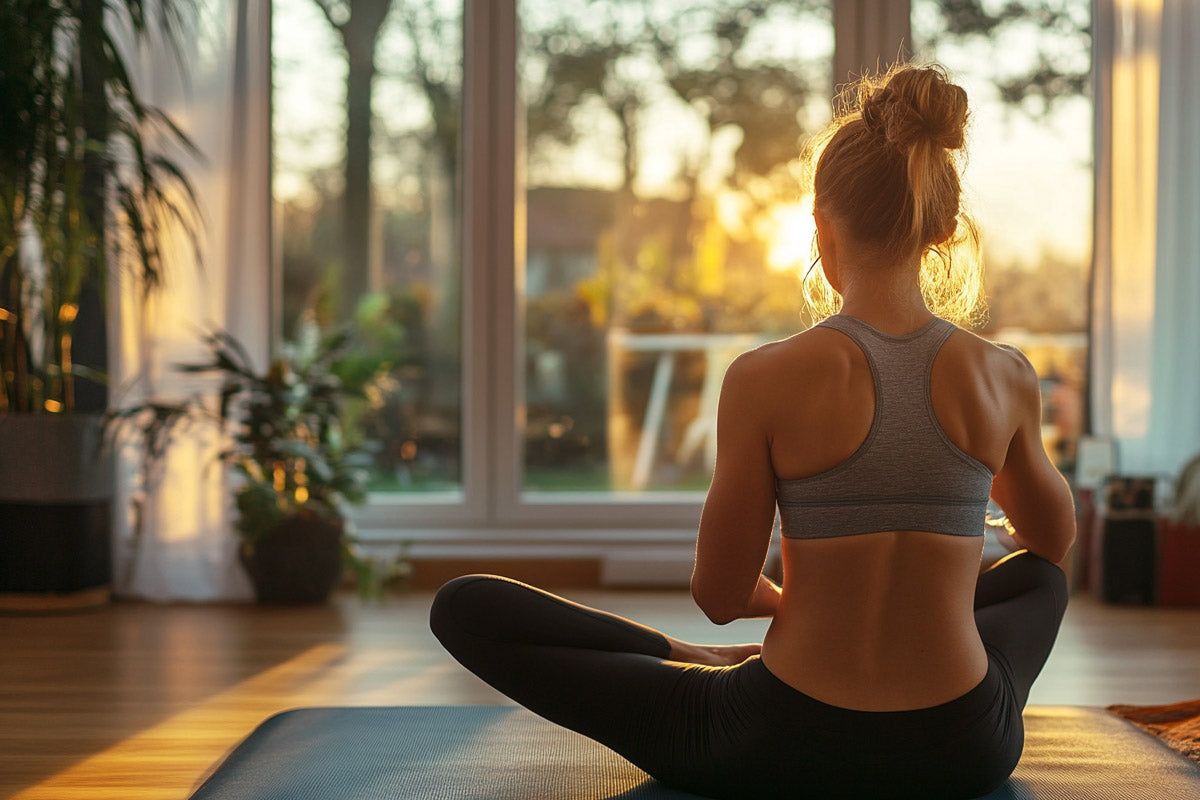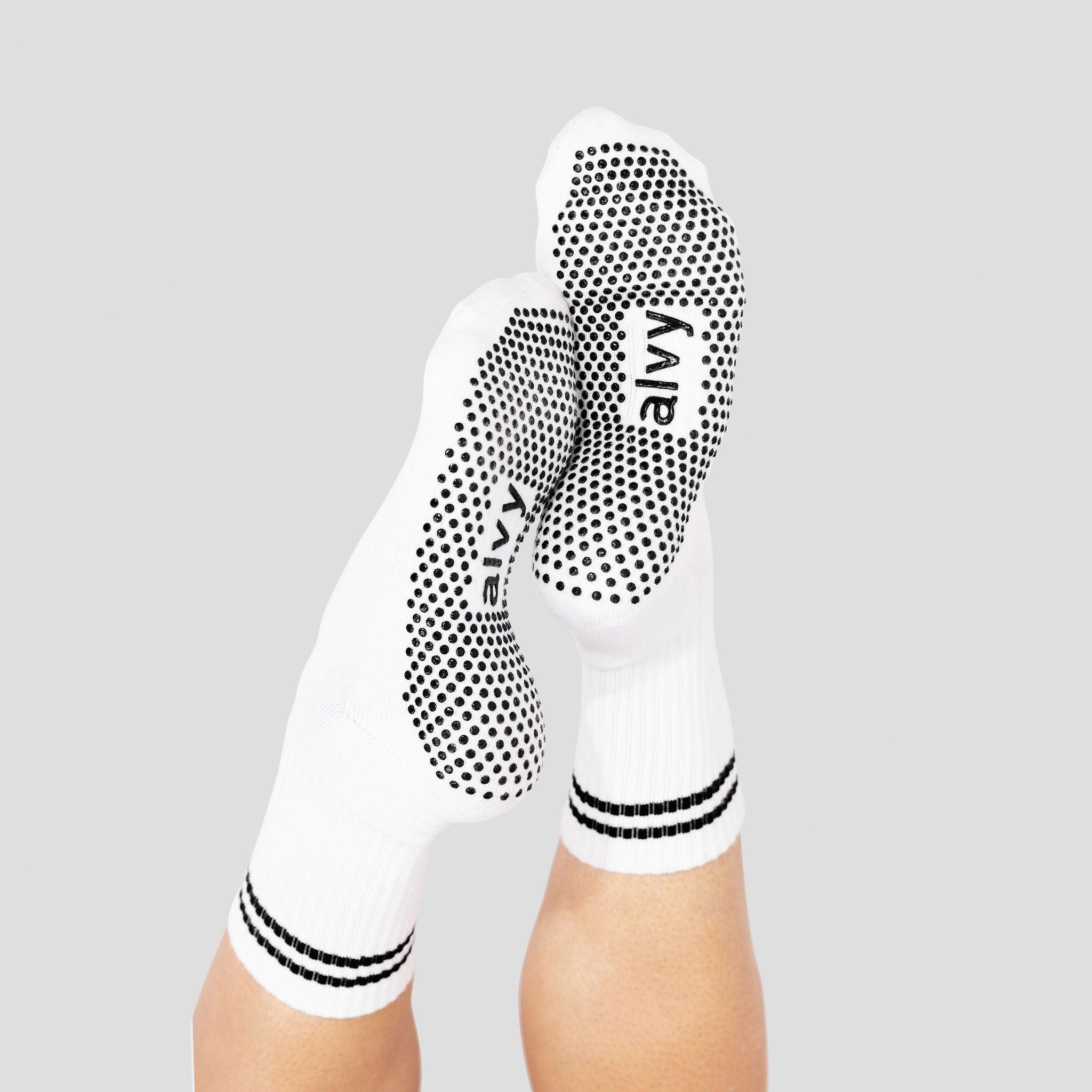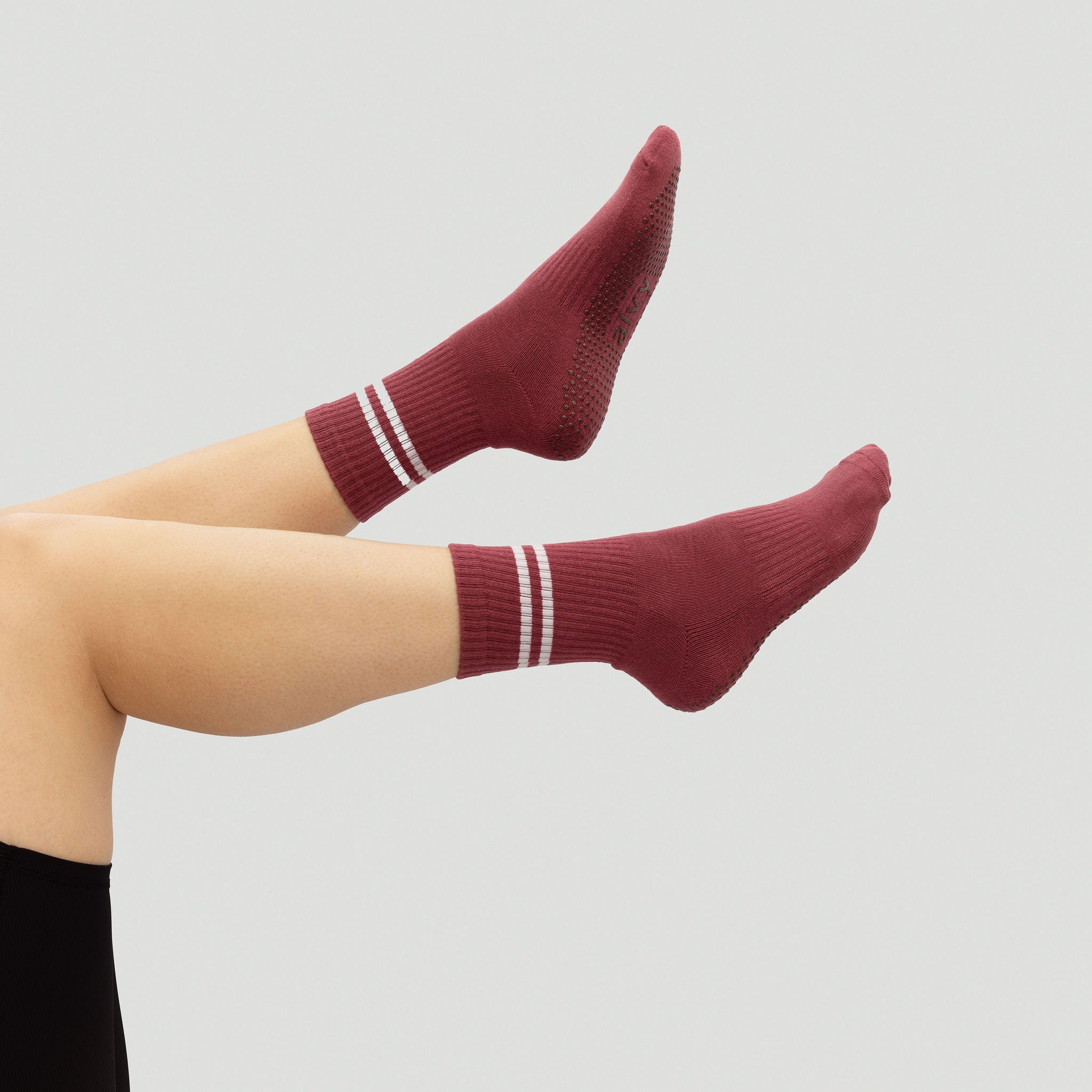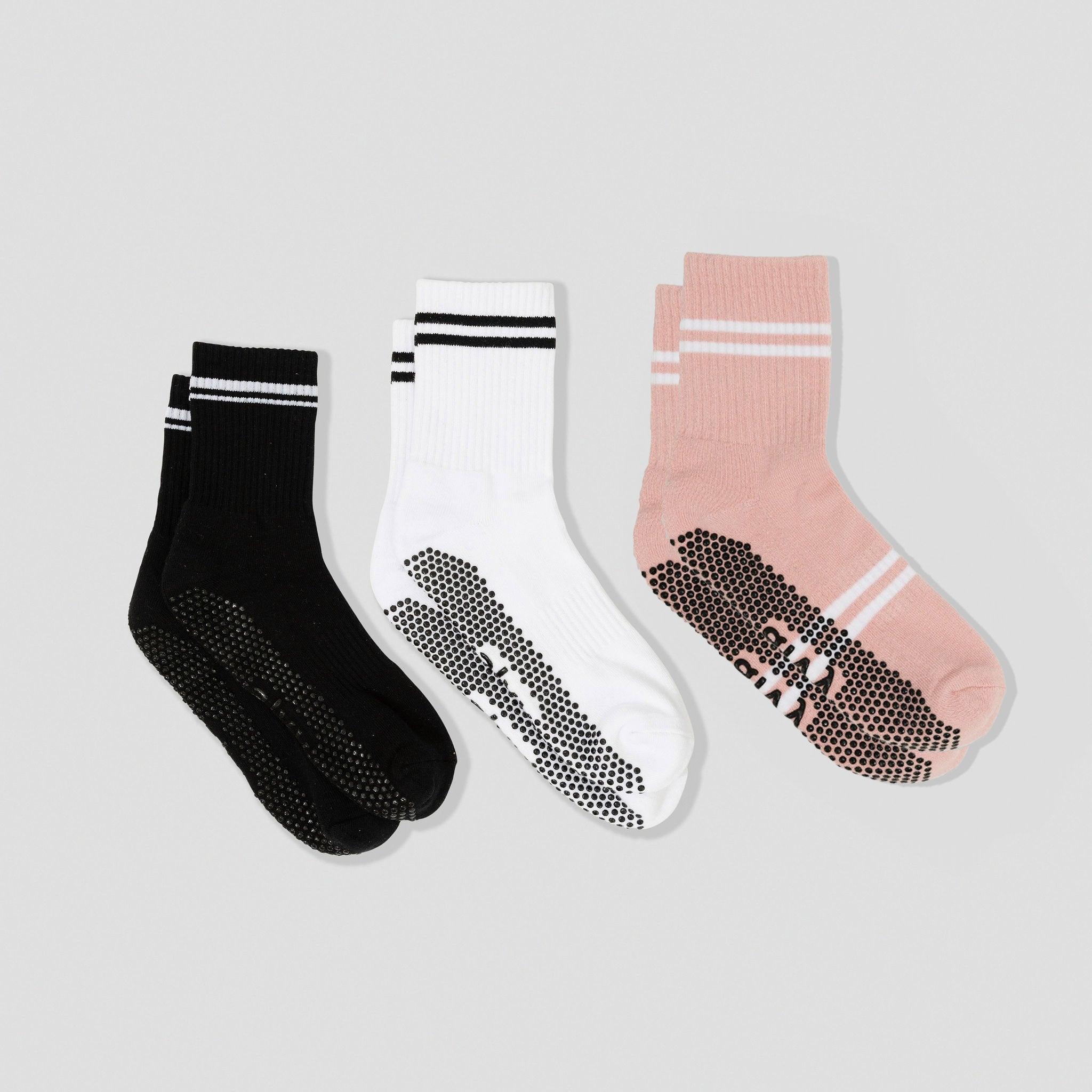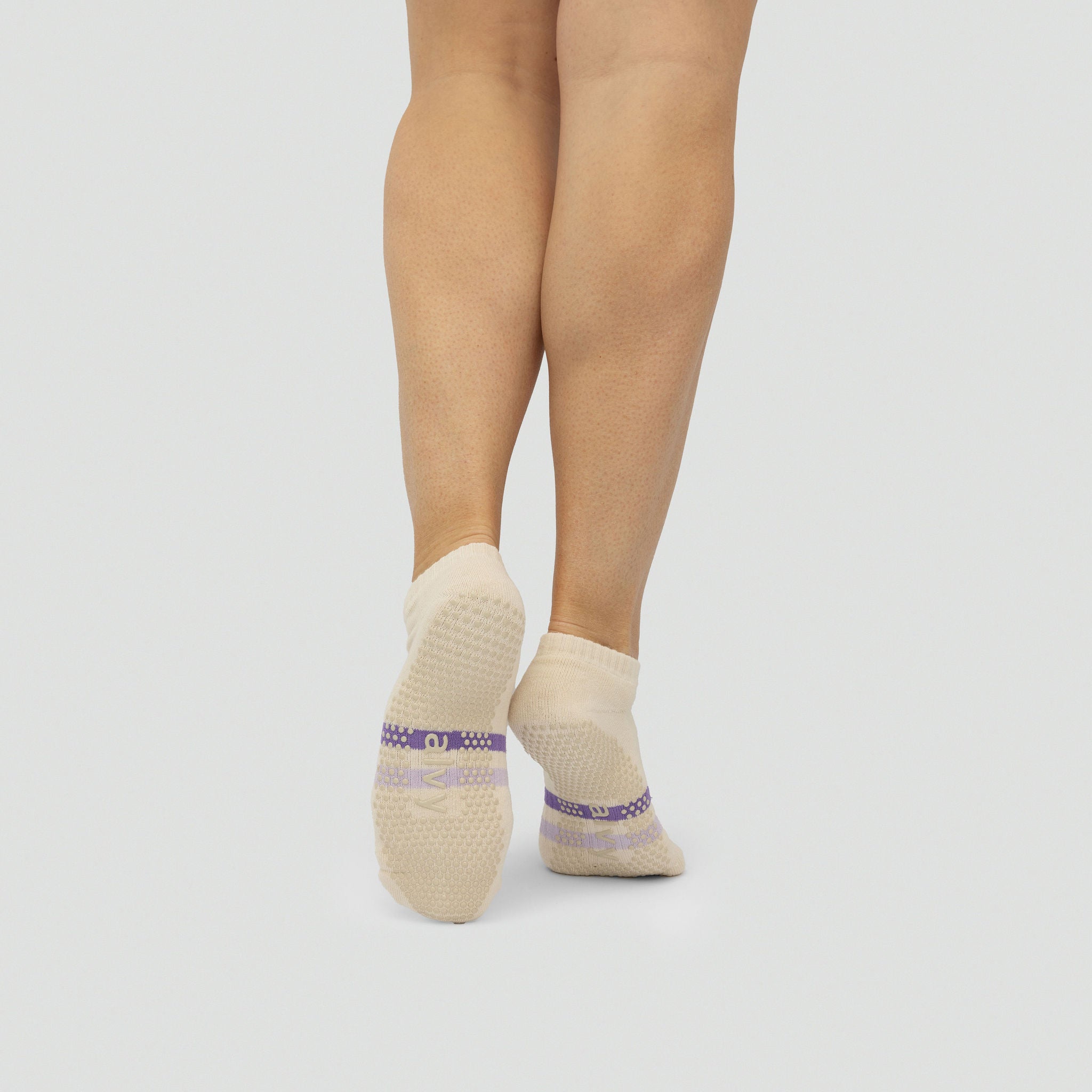Have you ever seen those moving beds in a studio where they slide up and down with straps around their feet wearing grip socks? That’s reformer Pilates. But what is it, and how does it work? In this article, we cover all you need to know.
Its Origins
Reformer Pilates is a specialised branch of the popular Pilates exercise method, which dates back to the early 20th century. Joseph Pilates developed it and initially referred to it as "Contrology."
The method's foundation integrated elements from yoga, martial arts, and ancient Greek and Roman exercises. During World War I, Pilates utilised bed springs' resistance for physical rehabilitation, which later led to the creation of the Reformer machine.
Over time, Reformer Pilates has evolved, incorporating modern fitness principles while staying true to Joseph Pilates' original teachings and quotes. Today, it is recognised globally for its physical benefits and emphasis on the mind-body connection, solidifying its position as a holistic approach to fitness and well-being.
What Reformer Pilates Does
Reformer Pilates is a holistic workout that effectively targets various muscle groups and improves flexibility, posture, and core strength. Unlike traditional mat-based Pilates, It uses a unique machine equipped with springs and pulleys to provide resistance.
Pilates exercises that strengthen and tone achieve this by putting muscle groups under the spring load while performing movements.
One of Reformer Pilates's key benefits is its ability to develop a strong and well-balanced core. Various core muscles, including the abdominals, lower back, hips, and pelvis, are actively engaged throughout the workout. This builds strength and improves coordination and balance, which are essential for daily activities and athletic endeavours.
Reformer Pilates Pros
Incorporating Reformer Pilates into a regular fitness routine has numerous advantages.
- It’s a full-body, low-impact workout that anyone can do. This makes it ideal for individuals with joint issues, older adults, or those recovering from injuries.
- The reformer machine allows for a wide range of exercises that can easily adjust to individual fitness levels and goals.
- Much of reformer pilates (and mat pilates, too) is rhythmic breathing. This focus on mindfulness can reduce stress, improve mental clarity, and enhance overall well-being.
- Improvement in posture: Several Reformer workouts aim to rectify asymmetries and fortify the muscles that uphold proper posture. This can result in enhanced alignment, decreased back discomfort, and a more poised, self-assured posture.
- Reformer Pilates helps develop greater body awareness through precise movements and the guidance of an instructor.
Reformer Pilates Cons
While Reformer Pilates offers numerous benefits, there are also some drawbacks.
- One of the major downsides of Reformer Pilates is the expense. Specialised equipment and smaller class sizes make the classes pricier compared to traditional mat Pilates.
- Reformer Pilates classes may not be available in all areas, particularly in smaller towns or rural locations. This can make it challenging to attend classes or find a qualified instructor regularly.
- The Reformer machine can be intimidating for beginners, and a learning curve is associated with using it correctly. Proper instruction is essential to avoid injury and maximize the benefits of the workout.
- Reformer Pilates has limited cardio since it primarily focuses on strength, flexibility, and endurance. If you want more cardio, then you will need to supplement it with other forms of exercise.
For you: See how much a reformer Pilates class is and how to get them cheaper.
How A Reformer Machine Works
The Reformer Pilates machine serves as the foundation of Reformer Pilates, created to enable a diverse set of movements that accurately and regularly focus on different muscle groups.

The Reformer machine consists of a flat, cushioned platform known as the carriage. This carriage moves back and forth along a frame, typically wood or metal. The movement is controlled by springs of varying resistance, which can be adjusted to suit the intensity of the workout.
The Reformer is equipped with a footbar at one end of the frame, which is adjustable to various heights. This footbar is crucial for numerous exercises, providing a steady surface for pushing with either the feet or hands.
Related: These are the best reformer machines you can buy.
Reformer Pilates vs. Traditional Weights
One of the Reformer machine's primary advantages is its capability to challenge the body in various planes of motion.
Unlike traditional strength training gear, which predominantly emphasises linear movements, the Reformer facilitates a complete range of motion, encompassing flexion, extension, rotation, and lateral movement.
Related reading: How reformer Pilates compares to yoga.
This multi-directional method is especially advantageous for enhancing general functional fitness, as it replicates the diverse movements we execute daily.
Reformer Pilates classes are known for their focus on slow, controlled movements. Unlike some fitness classes that prioritise high repetitions or fast-paced activity, Reformer Pilates emphasises quality over quantity. The goal is to execute each movement precisely, engaging the appropriate muscles and maintaining good posture.
What To Expect In A Reformer Pilates Class
Entering a Reformer Pilates session for the first time can be thrilling and somewhat daunting, particularly if you are not acquainted with the apparatus. Nonetheless, understanding what to anticipate can alleviate any concerns and enable you to fully appreciate the experience.
In a nutshell, this is what happens in a reformer Pilates class:
- An average Reformer Pilates session starts with a short introduction from the instructor, who will provide an overview of the Reformer machine and the class's schedule.
- The instructor may also ask about any injuries or physical constraints to make necessary adjustments.
- The session normally commences with a warm-up to prepare the body for the workout, which can involve gentle stretches or basic movements on the Reformer.
- The primary workout will consist of a series of exercises targeting various muscle groups. Depending on the focus of the session, these may include lying down, sitting, kneeling, or standing on the Reformer. For instance, a session may incorporate leg presses using the footbar, arm exercises with the ropes, and core work involving the carriage's movement.
- The session will end with some basic stretches.
Who Can Do Reformer Pilates
Reformer Pilates is a versatile workout that can be adapted to suit a wide range of individuals, regardless of age, fitness level, or physical condition.
Reformer Pilates is great for beginners, as the machine provides a supportive and challenging environment for building strength, flexibility, and endurance. However, athletes and fitness enthusiasts also include it in their programs. In fact, there are plenty of male athletes who do Pilates.
Reformer Pilates exercises can be modified to meet the specific needs of pregnant women. The intentional movements of Reformer Pilates can help support the core and pelvic floor muscles, which are crucial during pregnancy and in the postpartum recovery phase.
Tips For Getting Started
Embarking on Reformer Pilates can enhance your physical and mental health. Begin with the right attitude and readiness with these suggestions.
- Start with a beginner’s class: If you’re new to Reformer Pilates, consider starting with a beginner’s class or even a private session with a certified instructor. This will help you learn the basics of the Reformer machine and foundational exercises with proper form in a less intense environment.
- Wear comfortable, form-fitting clothing to prevent slipping. Avoid loose or baggy clothes. Make sure you grab a pair of our crew Pilates socks too.
- Focus on your breath: Breathing is fundamental in Pilates and plays a crucial role in Reformer exercises. Proper breathing helps you maintain focus, engage your core, and perform movements with control.
- Don’t rush. It’s all about slow, controlled movements with quality. Rushing will not work the muscles the way they should be worked.


